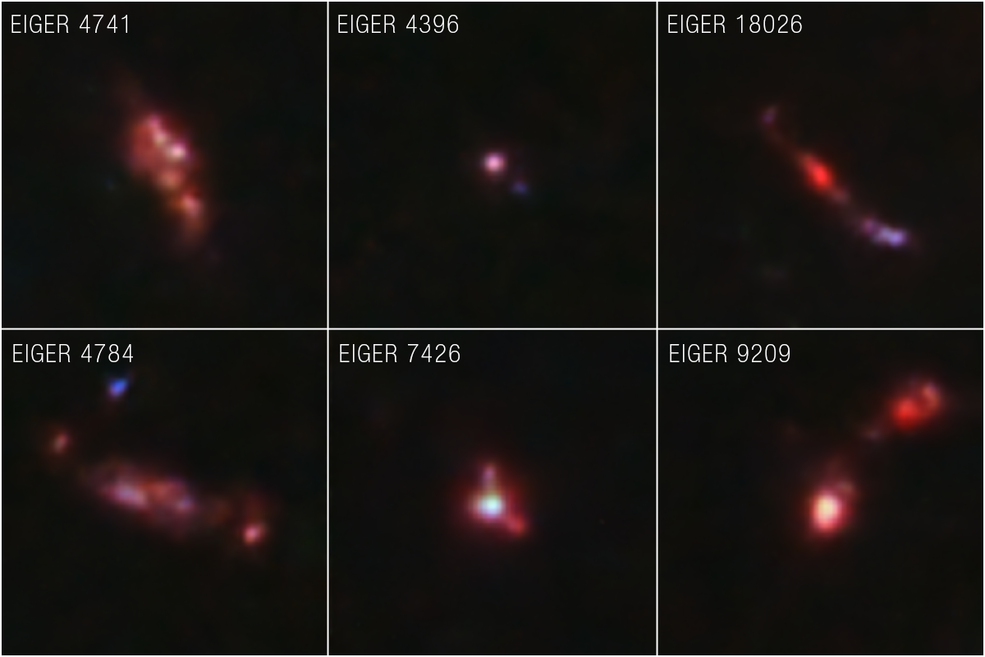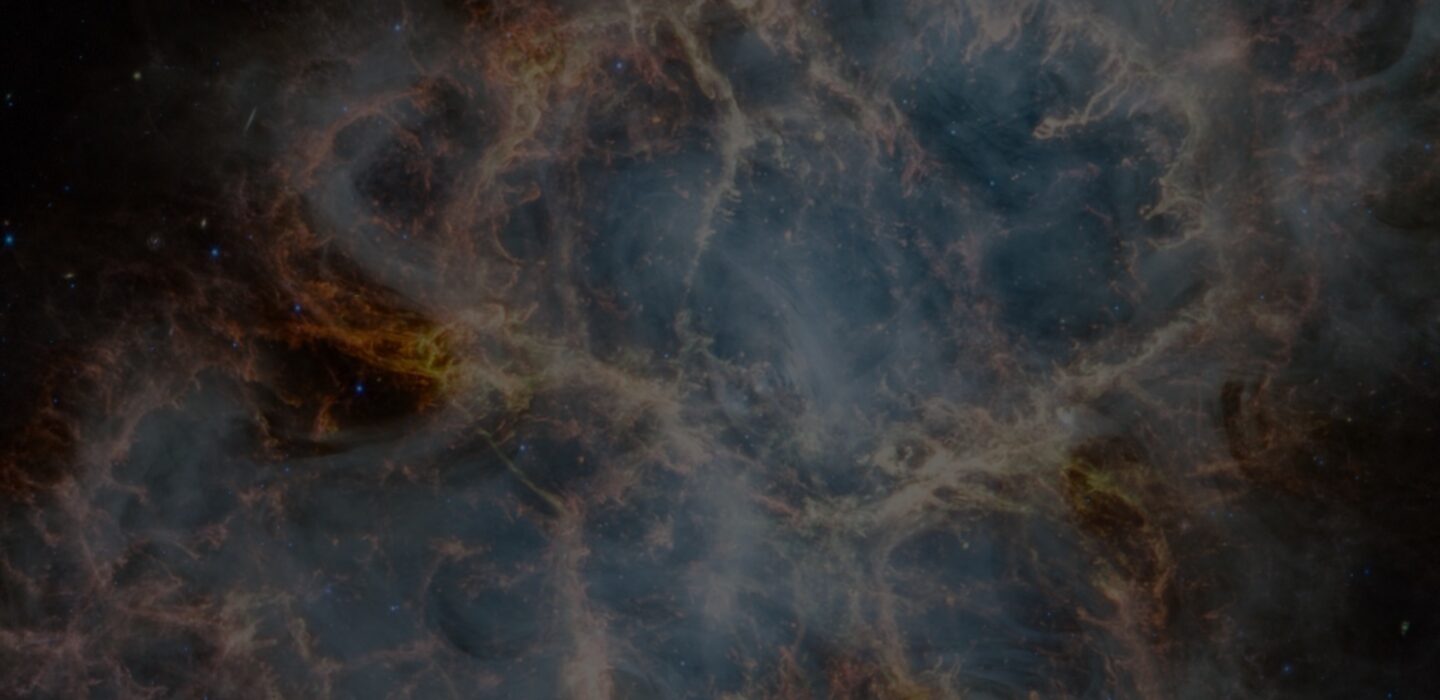NASA’s Webb Proves Galaxies Transformed the Early Universe

In the early universe, the gas between stars and galaxies was opaque – energetic starlight could not penetrate it. But 1 billion years after the big bang, the gas had become completely transparent. Why? New data from NASA’s James Webb Space Telescope has pinpointed the reason:
The galaxies’ stars emitted enough light to heat and ionize the gas around them, clearing our collective view over hundreds of millions of years.
The results, from a research team led by Simon Lilly of ETH Zürich in Switzerland, are the newest insights about a time period known as the Era of Reionization, when the universe underwent dramatic changes. After the big bang, gas in the universe was incredibly hot and dense. Over hundreds of millions of years, the gas cooled. Then, the universe hit “repeat.” The gas again became hot and ionized – likely due to the formation of early stars in galaxies, and over millions of years, became transparent.
NASA’s James Webb Space Telescope has returned extraordinarily detailed near-infrared images of galaxies that existed when the universe was only 900 million years old, including never-before-seen structures. These distant galaxies are clumpy, often elongated, and are actively forming stars.
What do these galaxies look like? “They are more chaotic than those in the nearby universe,” explained Jorryt Matthee, also of ETH Zürich and the lead author of the team’s second paper. “Webb shows they were actively forming stars and must have been shooting off many supernovae. They had quite an adventurous youth!”
Along the way, Eilers used Webb’s data to confirm that the black hole in the quasar at the center of this field is the most massive currently known in the early universe, weighing 10 billion times the mass of the Sun. “We still can’t explain how quasars were able to grow so large so early in the history of the universe,” she shared. “That’s another puzzle to solve!” The exquisite images from Webb also revealed no evidence that the light from the quasar had been gravitationally lensed, ensuring that the mass measurements are definitive.
Read full story | See also nasa.gov
